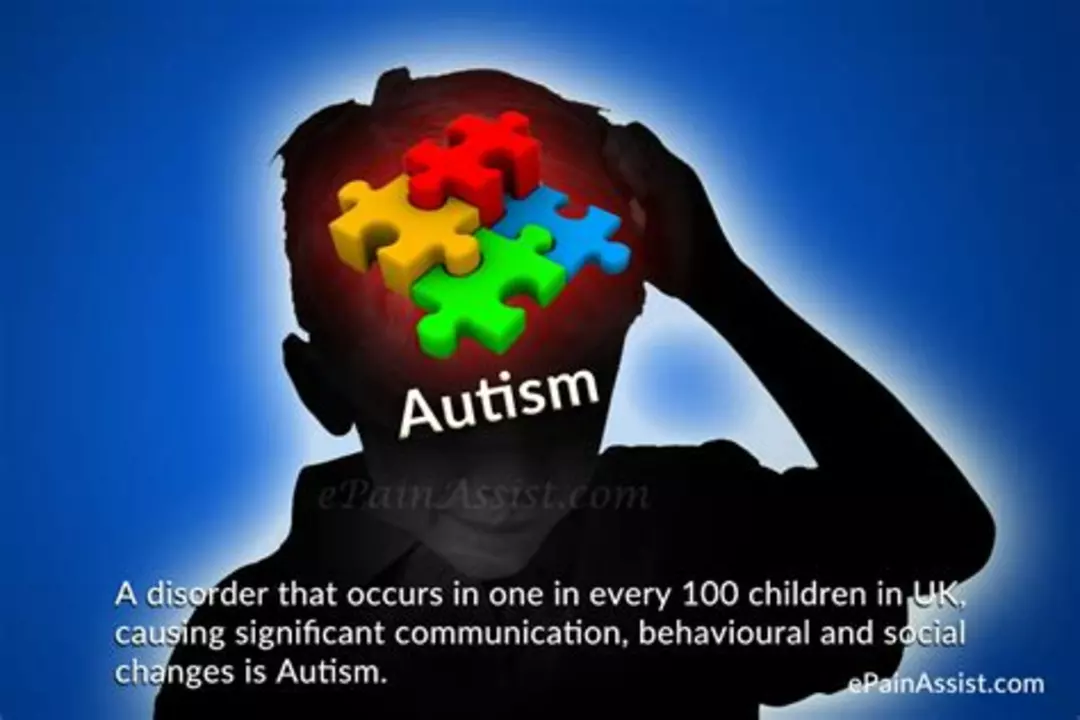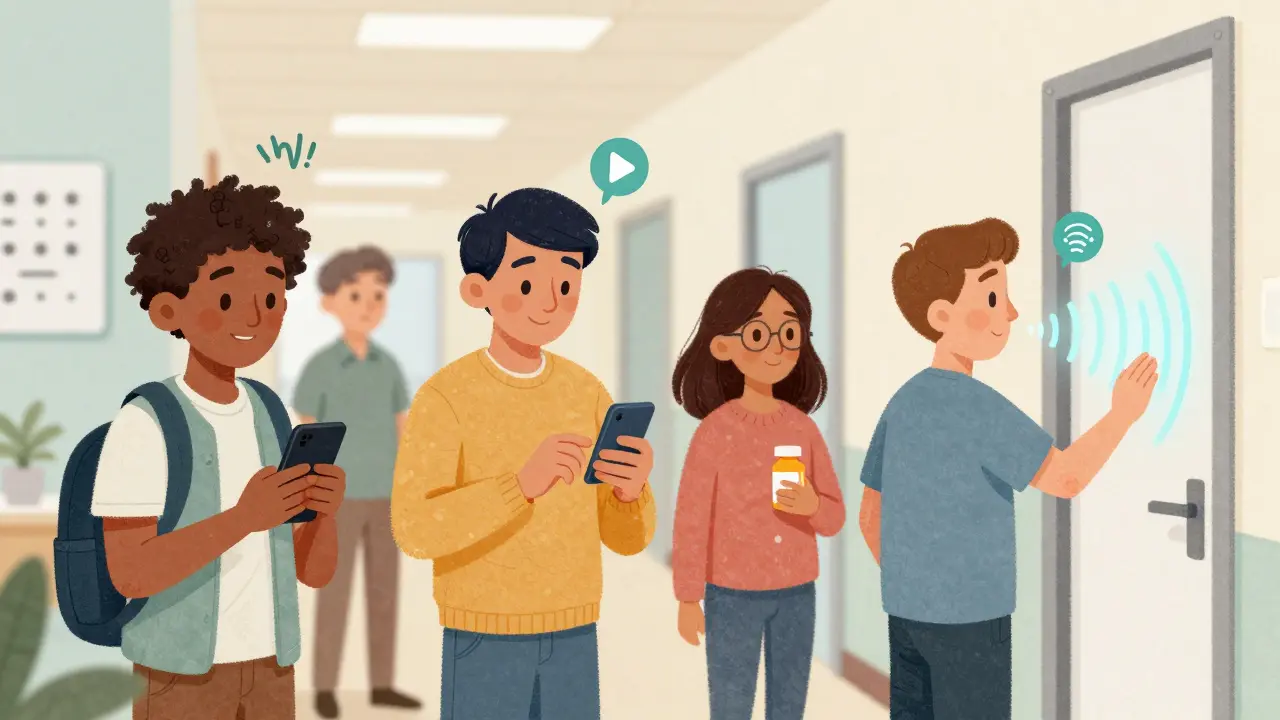Autism Spectrum Disorder: What You Need to Know
Autism Spectrum Disorder (ASD) isn't just one condition but a range of related differences in how people communicate, behave, and experience the world. It usually shows up early in childhood, but signs can vary widely. Some might find social cues tricky, while others have strong interests and routines. Knowing the key traits can help spot it early and get the right support.
One big clue is how someone interacts socially—do they avoid eye contact or struggle to join in group chats? They might also have repetitive movements or insist on sticking to a schedule. Does your child get overwhelmed by certain sounds or textures? That sensitivity is another common factor in autism. The good news is, understanding these signs opens the door to helpful resources and therapies.
Managing Autism: Practical Steps that Work
There’s no one-size-fits-all treatment for ASD, but certain approaches make a big difference. Applied Behavior Analysis (ABA) is a popular therapy that teaches skills through positive reinforcement. Speech therapy can support communication challenges, while occupational therapy helps with daily tasks and sensory issues. Getting a tailored plan means focusing on strengths and boosting independence step-by-step.
Families and schools can also play a huge role. Creating predictable routines and clear communication helps reduce stress. It’s about working together to create environments where people with autism feel understood and valued. Plus, many adults with ASD find success by building on their special talents and interests.
Where to Find Support and More Info
Looking for trustworthy info or local groups? Healthcare providers, autism organizations, and online communities are great starting points. They offer advice, share experiences, and connect you to specialists. Whether you’re a parent, teacher, or someone on the spectrum, knowing where to turn makes a huge difference in feeling supported.
Remember, autism is just one part of who someone is. With the right tools and understanding, people with ASD can lead fulfilling, meaningful lives that highlight their unique perspectives.

The Connection Between Autism Spectrum Disorder and Intellectual Disabilities
As a blogger, I recently explored the connection between Autism Spectrum Disorder (ASD) and Intellectual Disabilities (ID). I discovered that while not all individuals with ASD have an intellectual disability, there is a significant overlap between the two conditions. Research has shown that about 50% of people with ASD also have some level of ID. The relationship between these two disorders is complex, and factors like genetics, environmental influences, and brain development might play a role in this connection. It's important for parents, educators, and healthcare professionals to be aware of this link in order to provide the best support and services for those affected by both ASD and ID.

